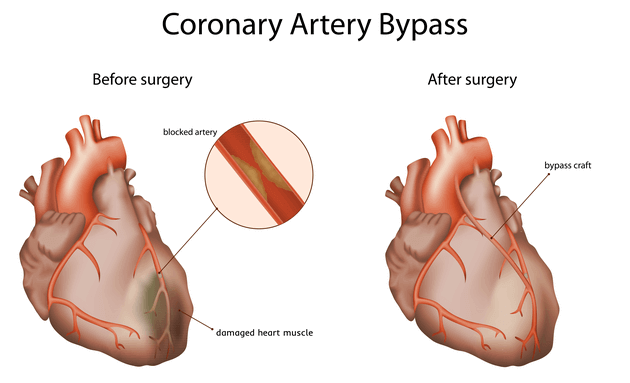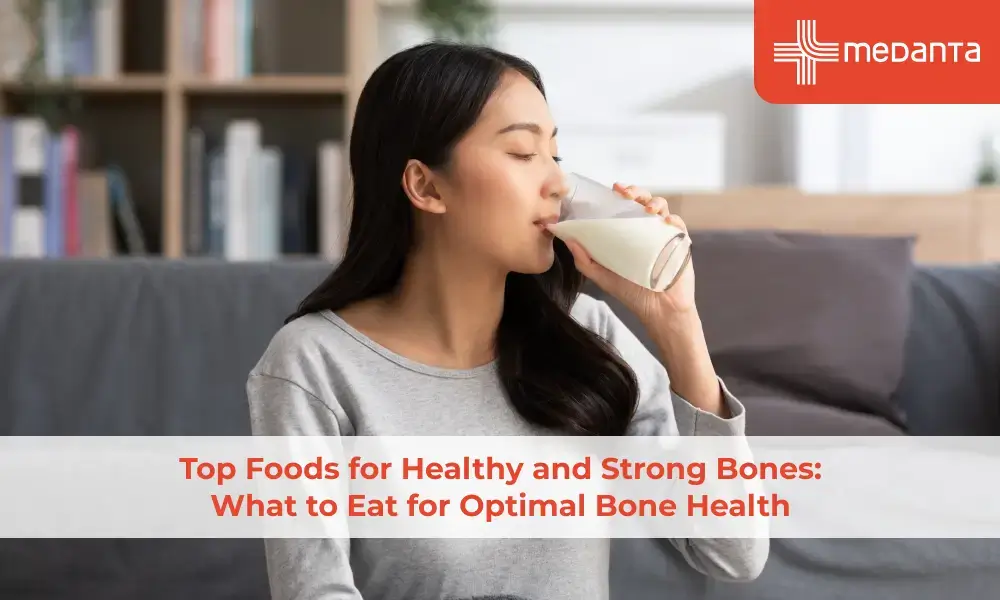Angioplasty Vs Bypass Surgery: All You Need to Know

Angioplasty and Heart Bypass surgery are medical procedures that are used to treat clogged or blocked arteries. Arteries are blood vessels that carry blood rich in oxygen throughout our body, right from our brain to our toes.
Over time, due to the buildup of a substance called plaque on their inner walls, arteries can get clogged. As a result, blood flow to the body is reduced, and in some cases blocked altogether. This can lead to ailments such as strokes and heart attacks.
The Difference between Angioplasty and Heart Bypass Surgery
On the other hand, bypass surgery is a major surgery that lasts between three to six hours. Surgeons make an eight to ten inch sized cut in the chest to get to the heart and conduct the procedure. The patient is given general anaesthesia to ensure the whole process is pain-free. Recovery time can take up to 12 weeks, including a brief one or two-day stint in the ICU.
While neither of these procedures provides solutions that will last forever, angioplasties are less permanent than bypass surgeries as they do not correct the underlying cause of the blockage.
A study in India estimated that 15-20% of patients who have undergone angioplasty might be at the risk of narrowed arteries in a few years and eventually need bypass surgery. In both cases, patients are required to change their diet and follow an exercise routine to burn excess fat or cholesterol.
What is Angioplasty?
Angioplasty is a procedure wherein a balloon-tipped catheter is threaded to the site of the arterial blockage through a small incision in the groin or arm. This balloon is then expanded to widen the narrowed artery. Often, a doctor will place a stent - a tiny metal or plastic tube, in the clogged artery to reduce the risk of it narrowing again.
What is Bypass Surgery? 
Choosing What is Best for You
When deciding which procedure best suits the patient’s condition, doctors will consider factors such as the severity and extent of coronary artery disease, symptoms (such as chest pain and shortness of breath), overall heart function and health of the patient, patient history, the presence of other medical conditions (such as diabetes or prior stroke or heart attack), and the patient’s personal preference.
Bypass surgery is generally considered the better option in cases where the patient’s arteries are blocked in multiple areas, or where their left main coronary artery is narrowed. However, very elderly, weak patients aren't good candidates for bypass surgery because the procedure can put too much of a strain on their body.
On the other hand, angioplasty is preferred in cases where patients have limited blockage with no co-existing medical conditions, and where prior medication and lifestyle changes have not helped. Sometimes, patients will prefer the less invasive angioplasty as they would like to resume work sooner.
It is important to consult a well-trained cardiologist to understand which procedure suits you better.






